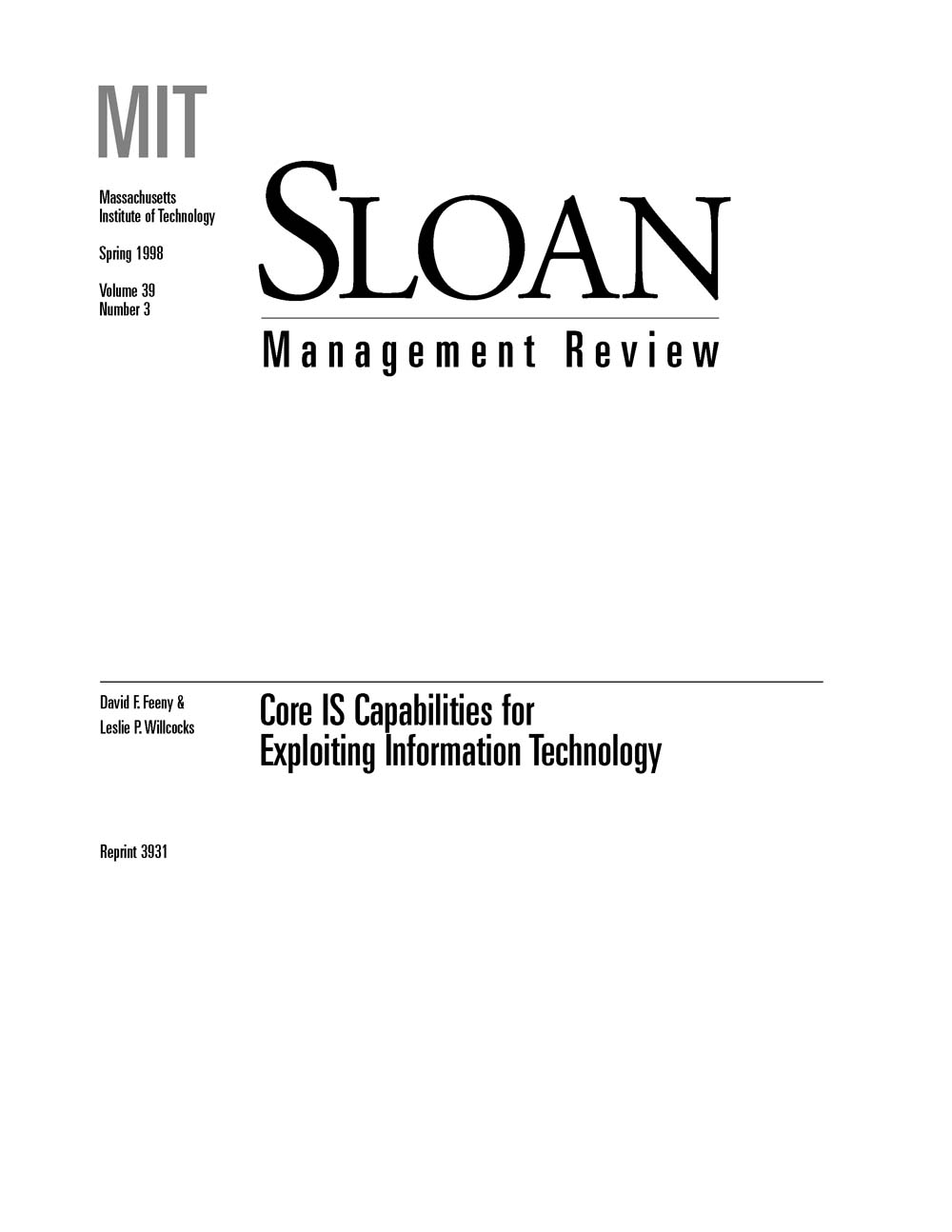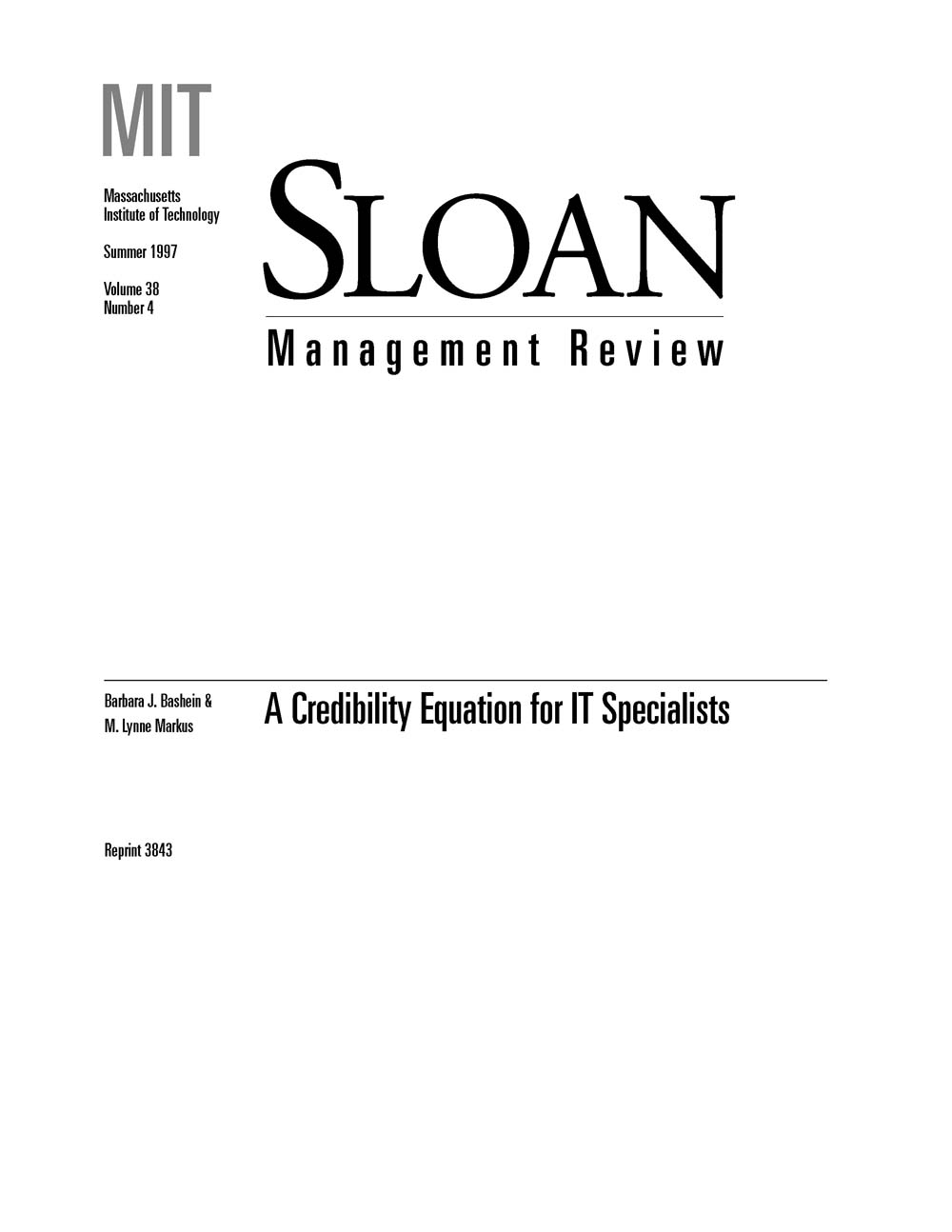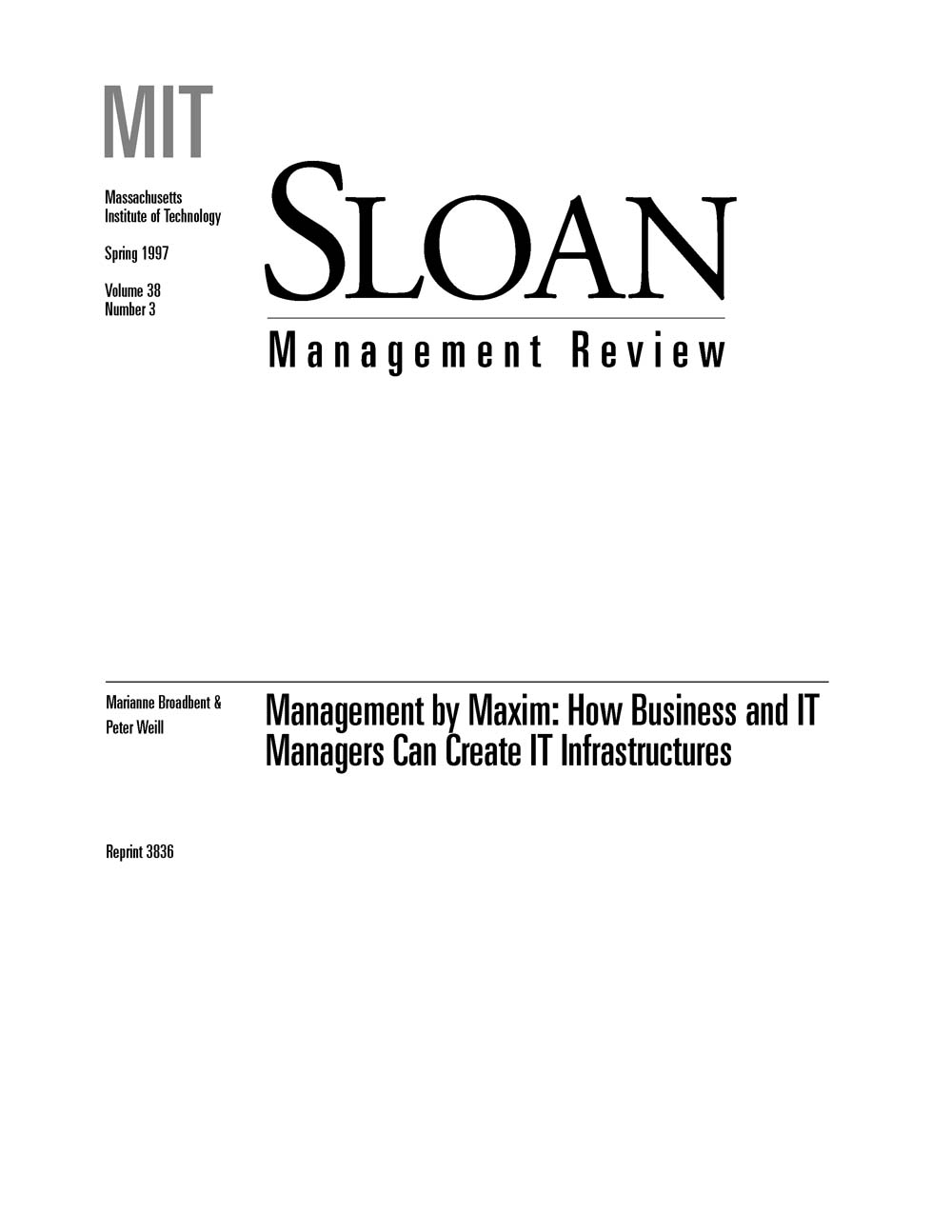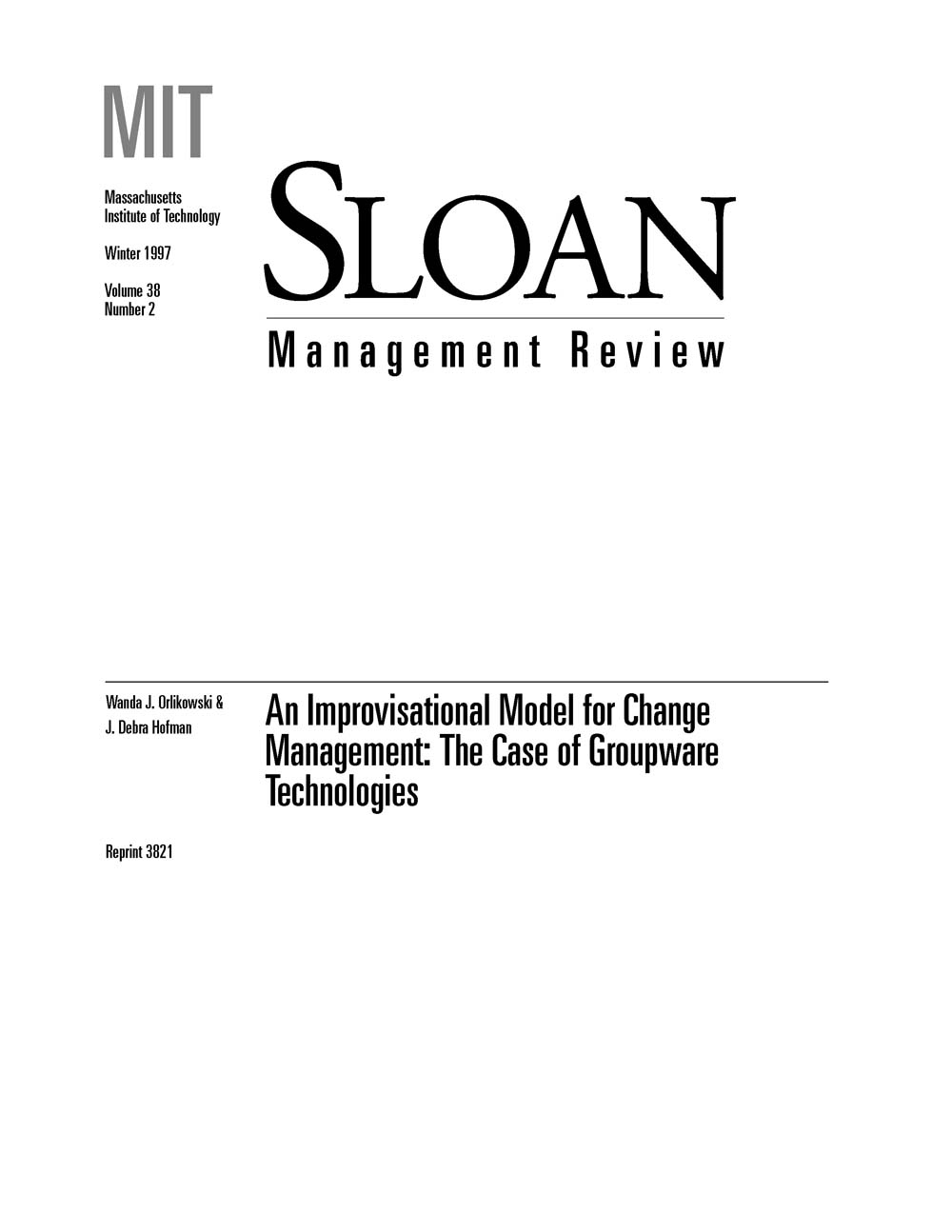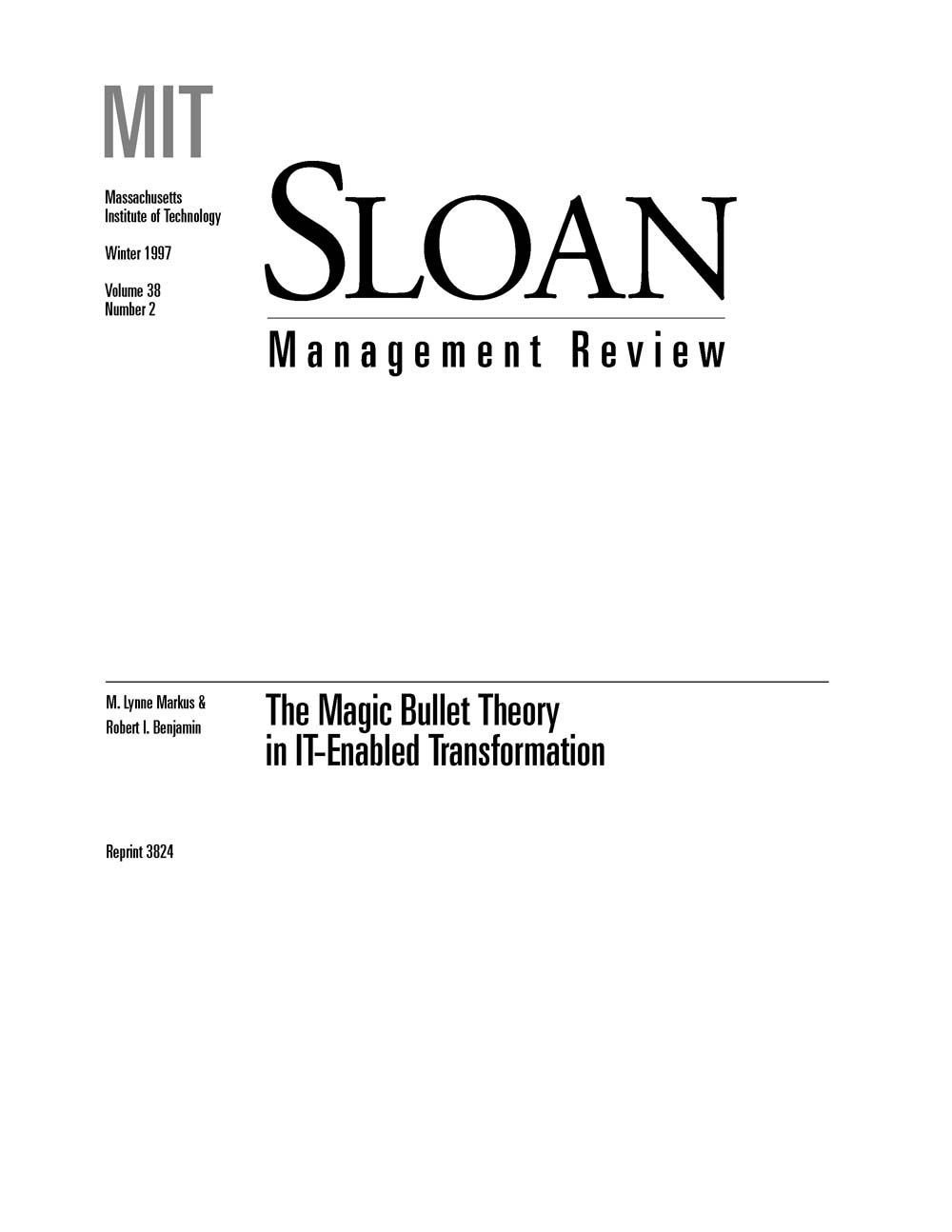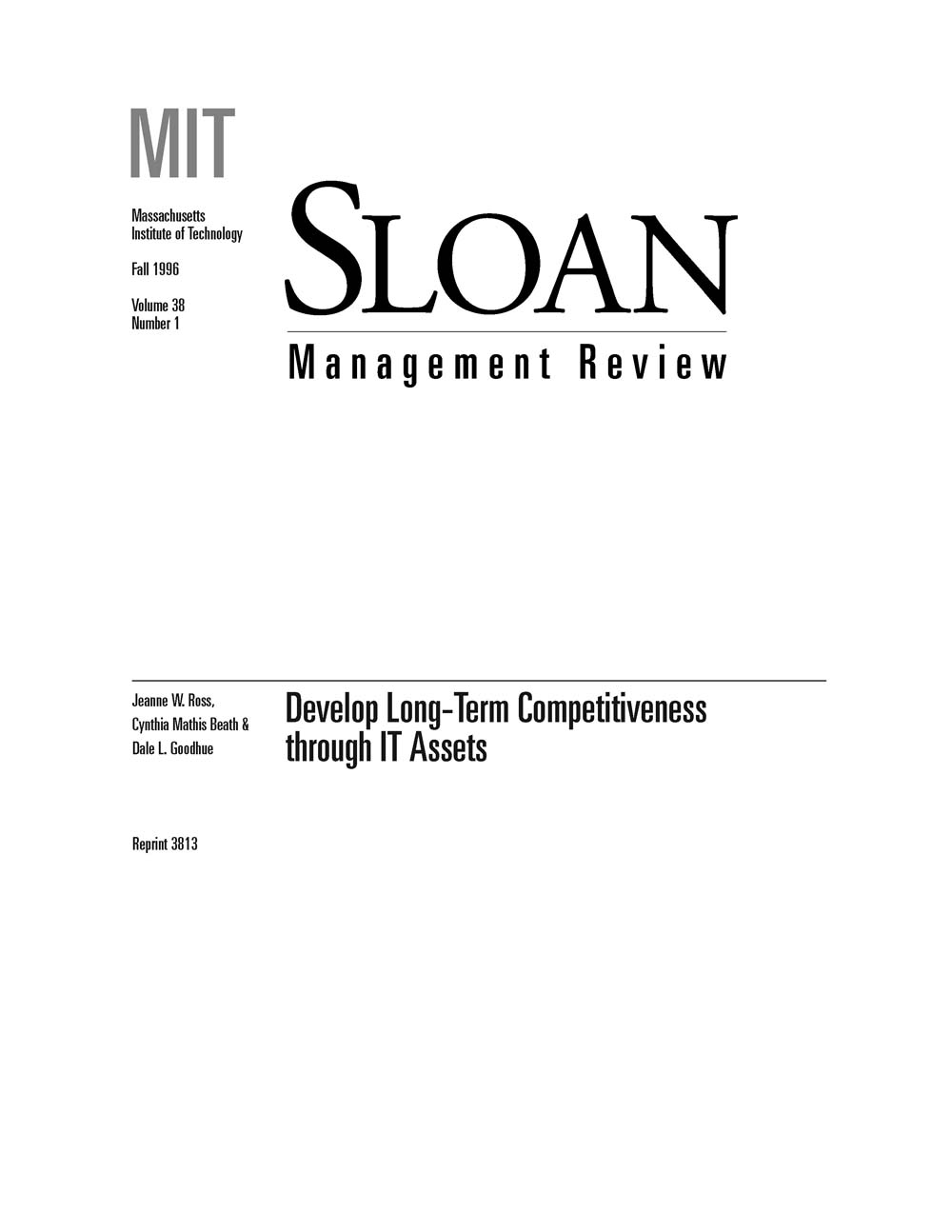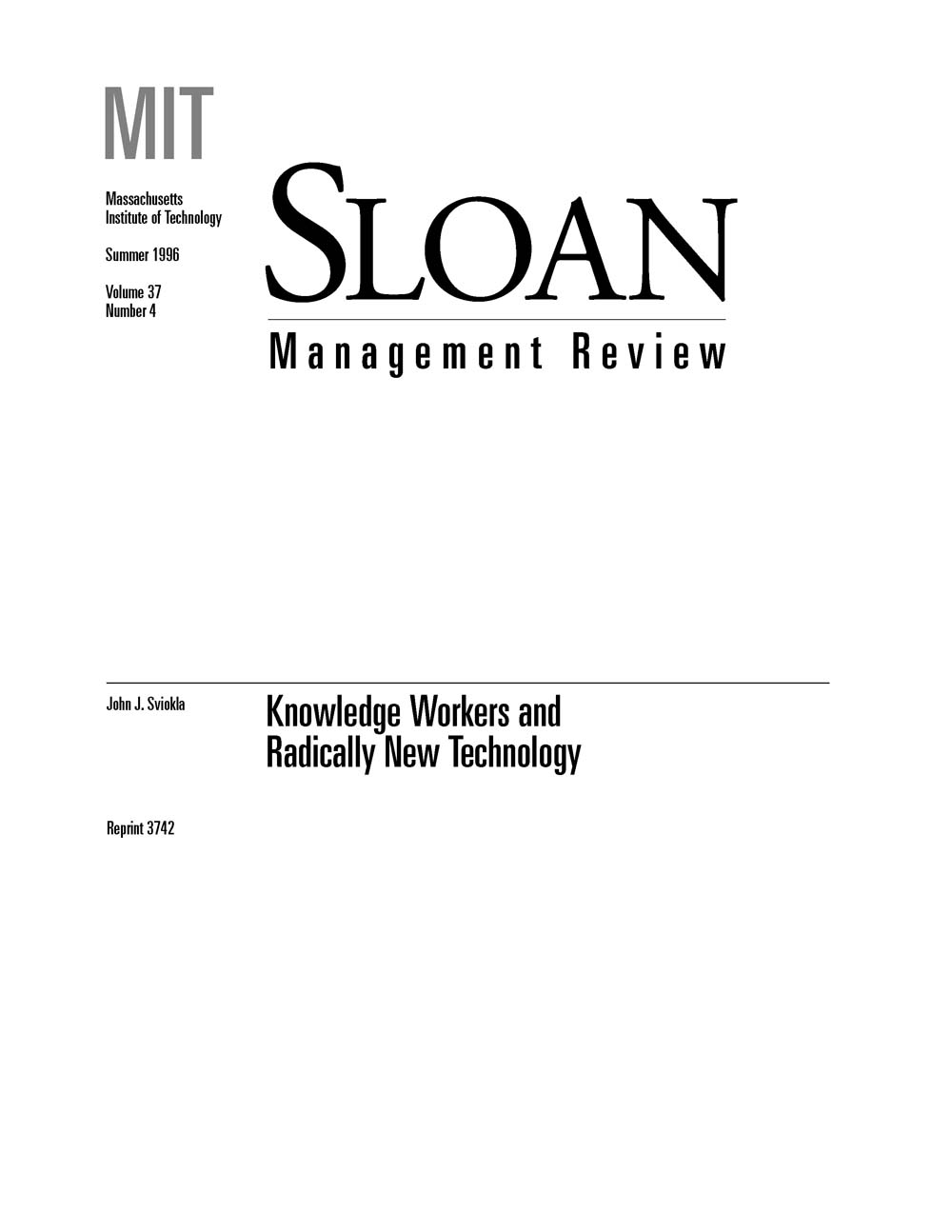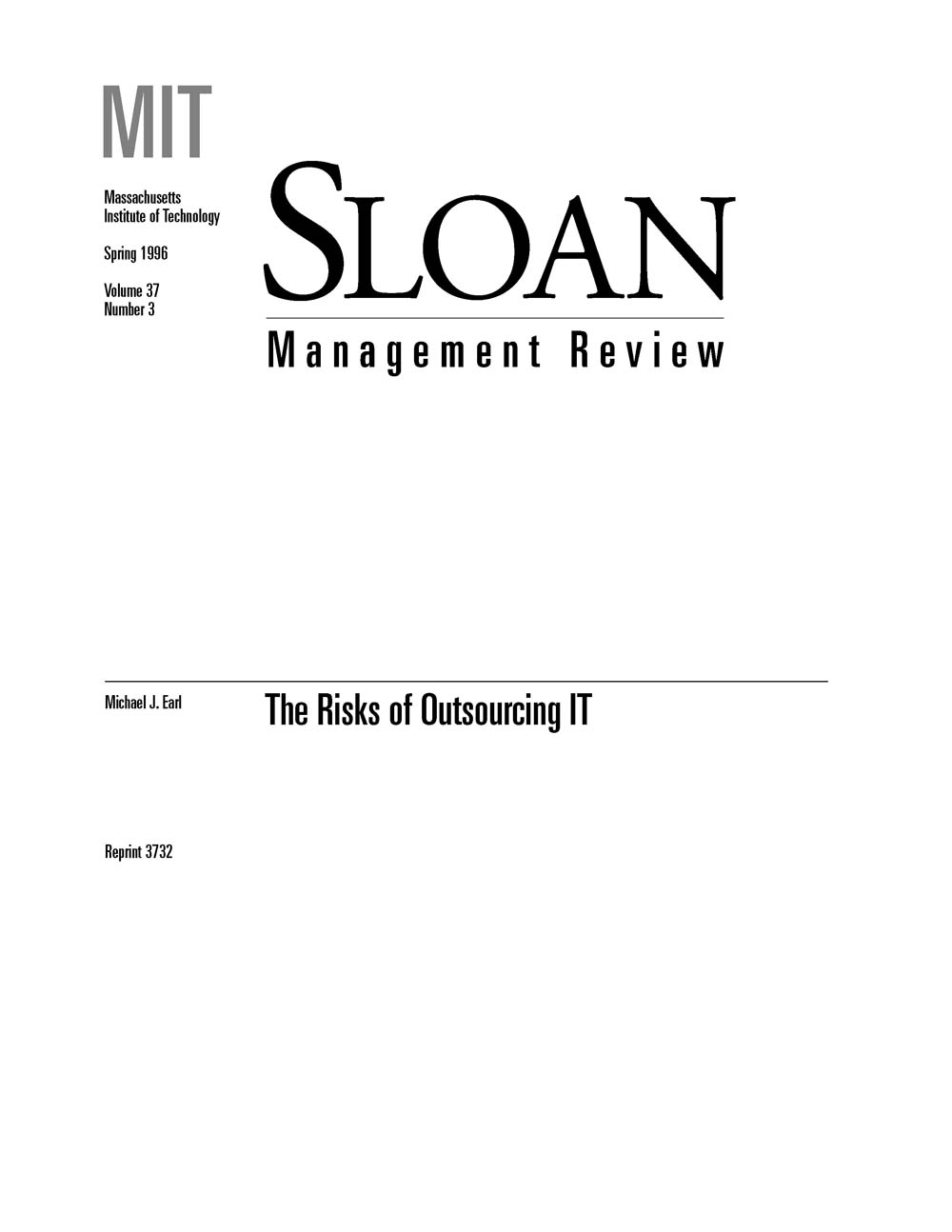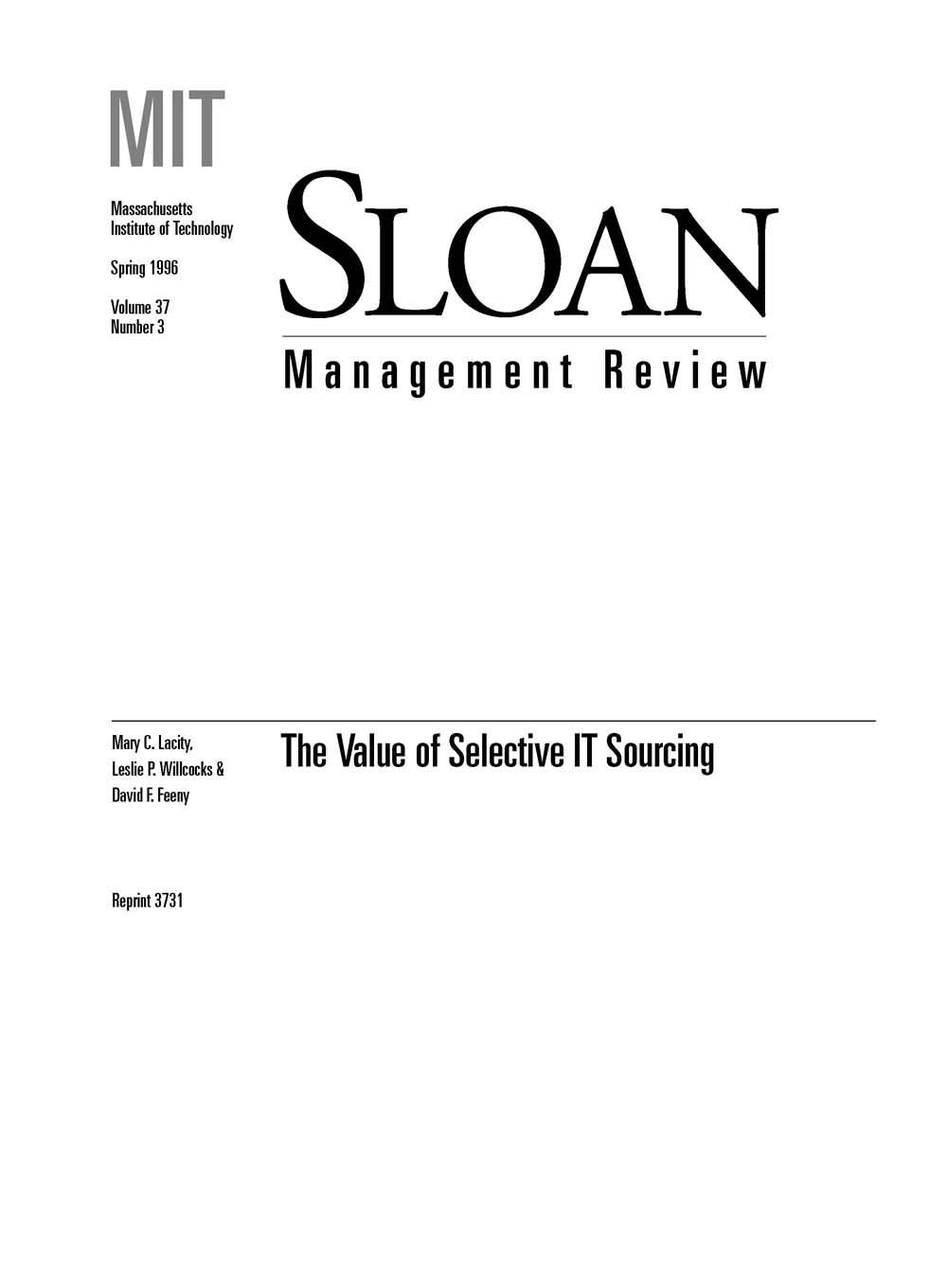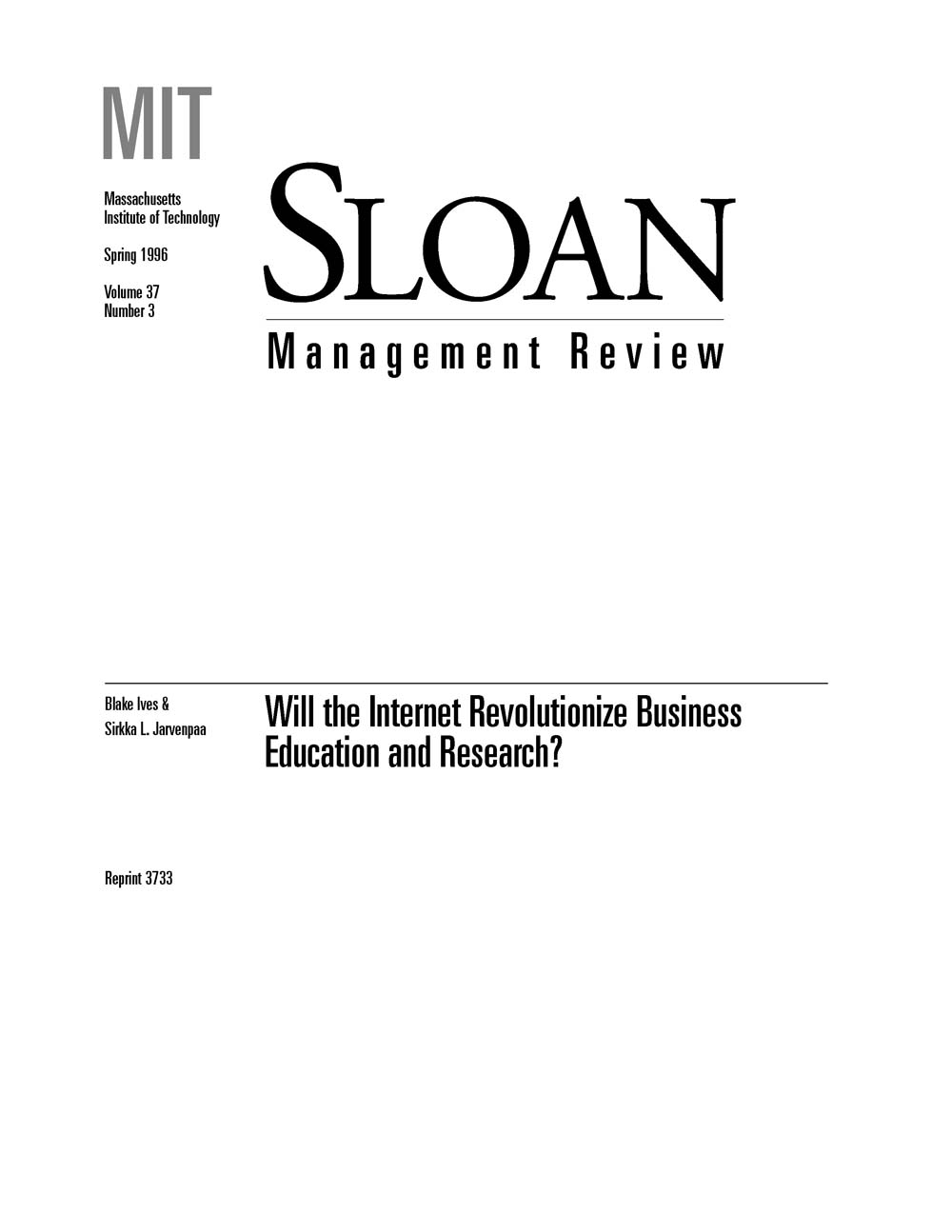To achieve lasting competitiveness through IT, according to the authors, companies face three enduring challenges: focusing IS efforts to support business strategies and using IT innovations to develop new, superior strategies; devising and managing effective strategies for the delivery of low-cost, high-quality IS services; and choosing the technical platform on which to mount IS services. Three strands of research -- on the CIO's role and experience, the CIO's capabilities, and IS/IT outsourcing -- demonstrate that businesses need nine core IS capabilities to address these challenges: 1. Leadership. Integrating IS/IT effort with business purpose and activity. 2. Business systems thinking. Envisioning the business process that technology makes possible. 3. Relationship building. Getting the business constructively engaged in IS/IT issues. 4. Architecture planning. Creating the blueprint for a technical platform that responds to current and future business needs. 5. Making technology work. Rapidly achieving technical progress -- by one means or another. 6. Informed buying. Managing the IS/IT sourcing strategy that meets the interests of the business. 7. Contract facilitation. Ensuring the success of existing contracts for IS/IT services. 8. Contract monitoring. Protecting the business's contractual position, current and future. 9. Vendor development. Identifying the potential added value of IS/IT service suppliers. IS professionals and managers need to demonstrate a changing mix of technical, business, and interpersonal skills. The authors trace the role these skills play in achieving the core IS capabilities and discuss the challenges of adapting core IS capabilities to particular organizational contexts. Their core IS capability model implies migration to a relatively small IS function, staffed by highly able people. To sustain their ability to exploit IT, the authors conclude, organizations must make the design of flexible IS arrangements a high-priority task and take an anticipatory rather than a reactive approach to that task.
Managing Technology P. 7
Page 14 of 15
-
A Credibility Equation for IT Specialists
Successful IT specialists work on trustworthiness and good client relationships at the same time.
-
Management by Maxim: How Business and IT Managers Can Create IT Infrastructures
Creating a business-driven IT infrastructure requires that executives thoroughly understand their firm's strategic context. By formulating a series of business and IT maxims -- short simple statements of the business's positions -- they can identify the IT infrastructure service suited to their company. The authors' framework has four components: 1. Considering strategic context. What business demands, roles, and relationships are critical to infrastructure decisions? Keeping in mind the firm's strategic intent, business units may be able to coordinate and leverage some approaches across units, while keeping some autonomous and local. 2. Articulating business maxims. Using insight gained from examining the strategic context, both business and IT managers formulate business maxims and articulate agreed-on positions that they can readily understand and act on. The maxims should focus employees' attention on the firm's competitive stance, the extent of coordination across units, and the implications for information and IT management. 3. Identifying IT maxims. From the business maxims, executives identify IT maxims that describe how the firm must lead or follow in the deployment of IT in its industry, electronically process transactions, and share data across the firm and with other strategically allied companies. The maxims specify the role of IT and levels of investment relative to competitors, whether processing is tailored or standardized, and how different types of data are accessed, used, and standardized. 4. Clarifying a firm's view of IT infrastructure. A company should determine how it sees infrastructure from among four views: none, utility, dependent, and enabling. It can forgo synergies among units and not invest in infrastructure services. It can take a utility view and use the infrastructure primarily to reduce costs. With a dependent perspective, it can make investments primarily to respond to current strategies. With an enabling view, the company can overinvest in IT infrastructure to provide flexibility in responding to long-term goals. According to Broadbent and Weill, some companies may be prevented from developing clear maxims by two barriers -- expression and implementation. Managers may not understand the firm's strategic intent, executives may not have communicated strategy to operational managers, and the firm's culture may deter use of maxims. Organizational, political, cultural, and reward system issues, as well as a lack of IT leadership, may form implementation barriers.
-
An Improvisational Model for Change Management: The Case of Groupware Technologies
Each member of a jazz band embellishes and improvises on the same rhythmic structure. Similarly, a model for managing technological change recognizes the need to improvise in response to unexpected opportunities. According to Orlikowski and Hofman, traditional models, in which an organization plans for change, implements change, and tries to become stable again, no longer work in an environment that is turbulent, particularly when the technology involved can be customized. The authors propose that the changes associated with technology implementation, rather than having a beginning and an end, are ongoing. Managers cannot anticipate all the changes made during the process. Orlikowski and Hofman's alternative model recognizes three types of change. Anticipated changes occur as intended. Emergent changes arise during the process. And opportunity-based changes are introduced during the process in response to an opportunity, event, or breakdown. The three build on each other iteratively over time, much like the jazz band members improvise on the original structure of a musical composition. In a customer service department at Zeta, a large U.S. software company, the authors follow the implementation of Lotus Notes in developing a tracking system to log calls and record customers' problems. While the company anticipated some changes before introducing the technology, other changes emerged as specialists and managers began working in new ways. The department built on the anticipated and emergent changes to introduce opportunity-based changes. Zeta learned from practical experience to respond to unexpected outcomes and adapt the new technology to its needs. Not all companies are currently suited to an improvisational model. Two enabling conditions necessary are (1) alignment of the change model, the technology, and the organization and (2) resources dedicated to adapting the organization and the technology to changing conditions. Companies need to recognize the discrepancy between the way people think about technological change and the way they implement it.
-
The Magic Bullet Theory in IT-Enabled Transformation
Why do so many IT change management projects result in failure? According to Markus and Benjamin, people stay in their prescribed roles as line executives, IS specialists, and so on, with little cross-functional cooperation. People see IT as magic that can prevent them from working in old, unproductive ways. In the "magic bullet theory," there is no assigned change agent; people assume that the gun fires itself. Well-built IT makes it easier for users to work more effectively, according to the authors, but it cannot ensure that users will use it as intended. A change agent must bring together all the conditions necessary for change. Markus and Benjamin suggest that, because agents must change people's minds about IT, they frequently distance themselves from helping people to change by focusing on the power of IT rather than the reason for the change. This leads to a lack of discussion in the organization. Real issues are never confronted or resolved, which also allows users to blame the technology itself for failure rather than the change idea. And with a lack of cross-functional cooperation, line executives and IT specialists may join in resisting IT change that seems to serve different stakeholders. Markus and Benjamin examine two alternative roles for the change agent. They base the IT change facilitator model on that of an organizational development practitioner. Facilitators believe that people, not technologies, create change. They seek to bring together sound ideas, well-built IT, and organizational conditions to enable change. They seek to ensure that all people -- technologists, entrepreneurs, and users -- are empowered about IT. They remain neutral and create trust and mutual respect among functions. Companies may need to hire outside consultants to play this role, but executives and IT specialists may also be able to act as facilitators. IT change advocates focus less on empowerment and more on inspiring people to adopt a change. Rather than remaining neutral, they use any tactic to convert people -- persuasion, manipulation, communication, even "water torture" (constant but varied repetition). They know clearly what their organizations must do to use IT effectively and show people what kinds of IT they want and need. According to the authors, there are effective change advocates anywhere in an organization; they are not necessarily top managers but may be line managers or IT specialists. As a substitute for the magic bullet theory, the authors offer the metaphor of the Trojan horse, a highly coordinated effort by Greek warriors to breach the walls of Troy. Every warrior, no matter what his role, had to plan, execute, improvise, and share responsibility for the horse. In IT-enabled transformation, change is everyone's first priority; line managers, IT specialists, and other organizational members must all practice the change agent role.
-
Develop Long-Term Competitiveness through IT Assets
How can firms enhance their competitiveness through information technology? After studying IT management practices in various companies, the authors identify three assets that they see as most important to becoming and staying competitive. The human asset is an IT staff that consistently solves business problems and addresses business opportunities through information technology. IT professionals need up-to-date technical skills; an understanding of the business, which comes from client interaction; and the ability to solve problems. The technology asset -- sharable technical platforms and databases -- is essential to integrating systems and making IT applications cost effective. Firms must specify what kinds of data to share, how to store them, where to locate servers, and how to support applications and technologies. They must also establish standards that limit the range of technologies that the IT staff must support. The relationship asset implies the risk and responsibility for effectively applying IT that business and IT must share. Top management must be involved in establishing IT priorities and forming steering committees that set the tone for a cooperative IT-business relationship. Ross et al. discuss the interdependencies among the three assets, using many examples from their study. They suggest that IT and business executives should constantly assess the status of the IT assets in their firms by using the questionnaire provided. Next they should identify an action plan based on their position -- sinking, drifting, luffing, and cruising -- in relation to the competition. A firm's asset base needs to be carefully balanced; building and leveraging IT assets, according to the authors, is an organizationwide responsibility.
-
Knowledge Workers and Radically New Technology
In a study of the predictors of success and failure in implementing technology, the author examines the introduction and use of profiling, an expert system intended to aid the insurance sales process at four insurance companies. Lutheran Brotherhood, National Mutual, Prudential, and Sun Alliance tried to get more than 5,000 field salespeople to implement Profiling. The study results indicate that in implementing a radically new technology, managers need to assemble "constellations" of actions, consider the political ramifications throughout the organization, manage the momentum of the project, and work to achieve economies of scale.
-
The Risks of Outsourcing IT
Although large corporations continue to outsource it services, the issues of whether and how to outsource generate strong emotions on the part of managers. Many practitioners and academics now argue for selective or "smart" sourcing. According to this author, this is probably a sensible approach to balance efficiency and effectiveness in providing IT services. However, the author argues that companies should first ask why they should not insource IT services. His perspective is based on an analysis of eleven risks of outsourcing that he identified in discussions with both buyers and vendors in the IT outsourcing marketplace.
-
The Value of Selective IT Sourcing
Why does the outsourcing of IT frequently fail to produce the expected cost savings or other benefits? Perhaps because managers don't carefully select which IT activities to outsource. The authors examined sixty-two sourcing decisions at forty organizations through interviews with senior business executives, CIOs, consultants, and vendor account managers. From their data, they developed a set of frameworks to clarify sourcing options and aid managers in deciding which IT functions to contract out and which to retain in-house.
-
Will the Internet Revolutionize Business Education and Research?
The international data highway will transform business education, although not necessarily its traditional supplier, the business school. Will the business school remain insulated from the knowledge revolution? Will it play a leadership role? Will it wither away? Two scenarios, one based on assumptions about education and the other on assumptions about research, are intended to help business schools and their stakeholders recognize the inevitability of change and envision what this new world might look like.



